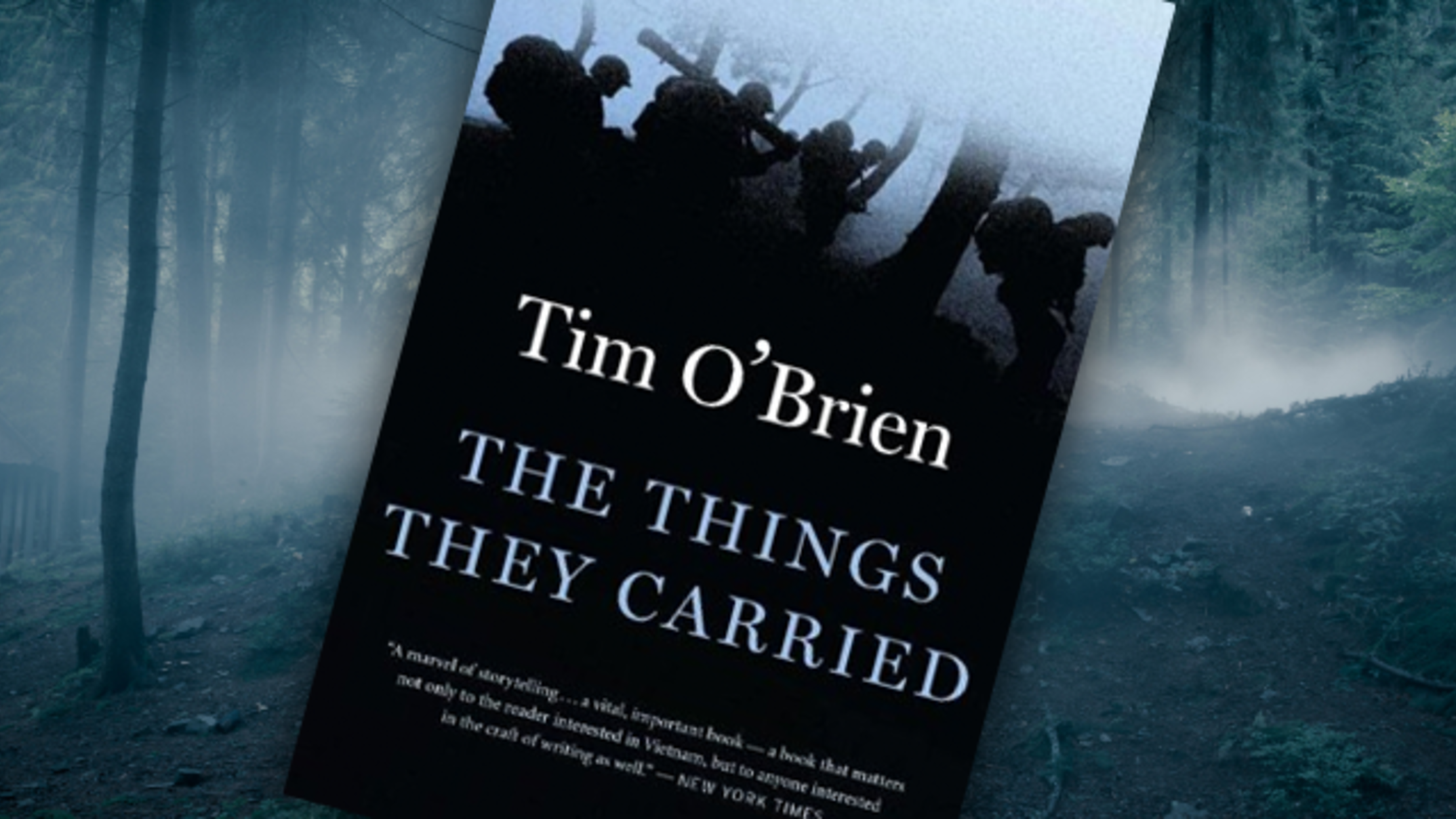Tim O'Brien: Analysis of The Things They Carried

Tim O'Brien: Analysis of The Things They Carried
Tim O’Brien is widely regarded as one of the leading figures in contemporary American literature. He served in the Vietnam War and is widely praised for his careful recollection and attention to detail in his books. The Things They Carried is one of these books hailed for its brilliance in describing the events surrounding the Vietnam War through a collection of stories that can be read individually or as a continuous thread.

The narrator is unnamed and describes in the thoughts and actions of Jimmy Cross, a lieutenant of the Army unity on combat duty in the Vietnam war, all in the third person. The following is an analysis of O’Brien’s The Things They Carried.
From the onset, O’Brien sets the stage for memory and imagination as the mental escape that such themes offer. Take Lt. Cross for instance. As he goes about his daily duties serving in the War, his mind is preoccupied with Martha. Imagination comes in to play as Lt. Cross does not recall memories of their time together. Instead, he is fixated on thoughts of ‘what would have been.’ He imagines how their romantic camping trips in New Hampshire’s White Mountains would have been.
O’Brien describes these thoughts as pretenses, where a person tells stories to oneself. The writer almost undermines such actions as Lt. Cross keeps the letters and photographs as possessions signifying his love for Martha.
Analysis of such themes might be challenging for students looking to explore them. There is no shame in looking for examples from this website to help you with the Things They Carried essay. Remember, it would be best to do so to increase your chances of scoring a high grade.
There are many instances in the book where the narrator identifies the artifacts and objects the soldiers carry with them in meticulous detail. Some are intangible, while others are tangible. For instance, Henry Dobbins brings extra food, and Ted Lavender takes tranquillizer pills with him to the battlefront. The author introduces other characters in the book, using such items that they carry with them.

It is the attention to detail and the lengths that the author is willing to go to describe the objects that characters carry with them that make this book a masterpiece. The minute details of the artifacts, whether tangible or intangible, set the stage for the core narratives that make the novel. It must be noted that these ‘recollections’ are funnelled through the memory of the unidentified narrator.
The authentic detailing of such details makes the readers of the book physically and emotionally connected to the author's story, almost like it was happening in the present. For instance, O’Brien describes in incredible detail the weight of a soldier's handgun, the weight of the grenade, and the radio as well. As a result, the author invokes a direct and primary response from the audience when reading the book.
But Lt. Cross is singled out from the other characters as O’Brien as the audience is treated to his inner feelings and thoughts. It is evident that the lieutenant regrets that he did not follow through with his desires to become intimate with Martha. Lt. Cross has a picture he took while Martha was playing volleyball, which reminds him of his ‘failure.’ It must be noted that the author also shows the responsibility that Lt. Cross carries with him concerning the lives of his men.
Lastly, the author brings out the inward conflict that plagues the lieutenant when Lavender dies. O’Brien then brings out a lesson that reminds the reader to proceed cautiously when handling truth and fantasy. In the following chapter, the author highlights the central question behind the chapters leading to the former; Why do people carry the things they do?
Verdict
O’Brien’s book highlights the internal and external conflict that the main character faces during his time serving in the Vietnamese War. The author brings small and minute details to life in an extraordinary fashion appealing to the audience’s physical and emotional senses.


